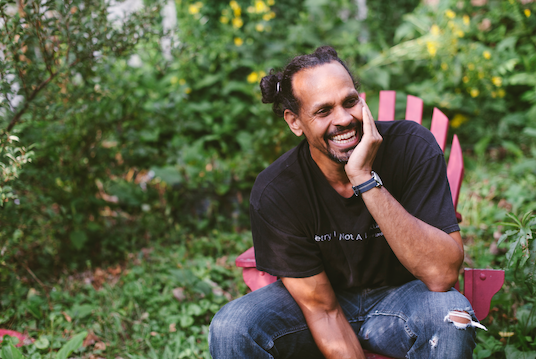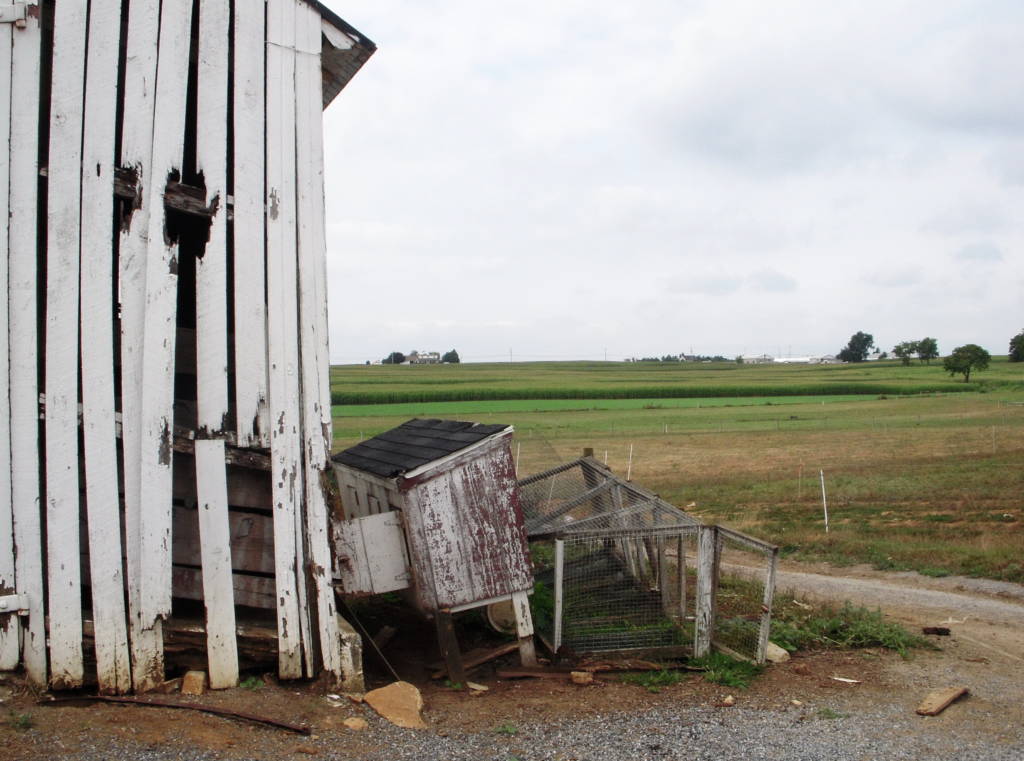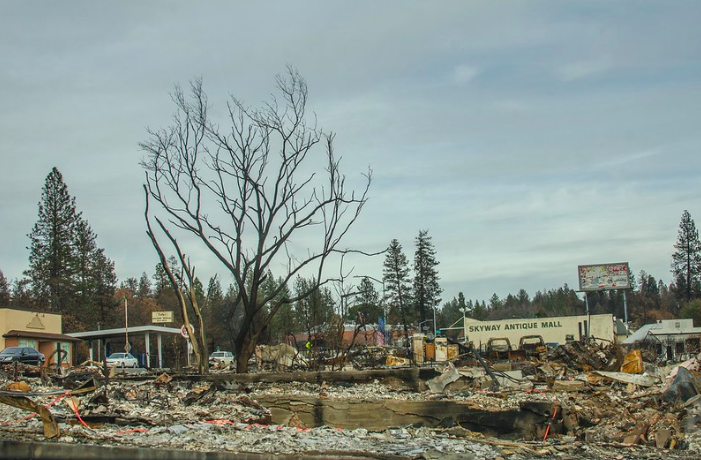Text by JOCELYN EDENS
Art led by TATIANA POTTS

Text by JOCELYN EDENS
Art led by TATIANA POTTS


Amherst, MA— The Common magazine, the award-winning literary journal based at Amherst College, has been selected for a 2019 Amazon Literary Partnership grant. Since 2017, funding from the Amazon Literary Partnership has helped further The Common’s mission of publishing and promoting emerging and diverse authors who deepen our individual and collective sense of place.
Since 2009, the Amazon Literary Partnership program has awarded more than $12 million in grants to more than 150 organizations, including the National Book Foundation, PEN America, and Poets & Writers amongst others. Through these grants, the Literary Partnership program helps to uplift and amplify marginalized voices in order to promote a more diverse literary community. In 2019, the Amazon Literary Partnership worked with the Community of Literary Magazines and Presses to establish a new Literary Magazine Fund, and The Common is one of only 15 magazines awarded a grant from the Fund in its inaugural year.
JENNIFER ACKER and CURTIS BAUER interview ROSS GAY

Ross Gay is the author of the poetry collections Catalog of Unabashed Gratitude, winner of the Kingsley Tufts Award and a finalist for the National Book Award and the National Books Critics Circle Award, Bringing the Shovel Down, and Against Which. In February he published his first book of prose, The Book of Delights. At the 2019 AWP Conference in Portland, OR, The Common’s editor in chief, Jennifer Acker, and Translations Editor, Curtis Bauer, sat down with Ross over lunch to talk about his latest book, which has led him to realize his life’s work.
JA: It seems to me that your two recent books, the Catalog of Unabashed Gratitude and The Book of Delights, were written in a similar vein and in a similar spirit, even just from the titles. One of the things they’re both doing is thematically trying to draw attention to joy and delight. I wonder if they were consciously part of the same project, different outlets for a similar impulse?

Lancaster County, Pennsylvania
When I return to the landscape of my growing up years, making the five hour drive from my home in the foothills of the Blue Ridge Mountains in Virginia to the gentle farmland of Lancaster County, Pennsylvania, I drive by the farm where I grew up without stopping. I do not turn in the lane once shaded by a canopy of catalpa trees or pass by the rock garden where the “Slow Children at Play” sign my older sister painted so many decades ago once stood among the hostas. It could as easily have said “Slow, Children at Work.”
The Souvenir, British director Joanna Hogg’s fourth feature film, is the first part of a two-part memory piece that focuses on a love affair that took place in Hogg’s early twenties, when she was in film school in London. Though not quite a memoir, the film is unabashedly autobiographical, and similar to Alfonso Cuaron’s recent Roma in how it seeks to reconstruct a particular period in the director’s life. To play a version of herself, a young woman called Julie, Hogg has cast Honor Swinton Byrne, a newcomer who at this point in her life is best known as Tilda Swinton’s daughter—though her performance in The Souvenir and next year’s sequel will likely change that. Swinton herself plays Julie’s mother, Rosalind, tamping down her usual charisma to embody a meek matron who rarely exerts her influence or reveals her knowledge of the world. It’s startling to see Swinton this way, especially with Byrne nearby, exuding youth and curiosity. With her height and her red hair, Byrne looks enough like Swinton to bring to mind her mother’s glamour, but also has a calm dreaminess that it is all her own.
My grandfather, Luis A. Ferré (1904-2003), was the third governor of Puerto Rico and the founder of the Pro-Statehood Party. When I was little, he used to say it is better to be a big fish in a little pond than a sardine in the big blue sea. It was a reminder of how good we had it on our little island, and a warning against leaving it in pursuit of a bigger and impossible dream.
“Definitions” by NADIA AL-KATIB
“A Shadow” by NERMEEN AL MUFTI
Co-translations by AMIR AL-AZRAKI and JENNIFER JEAN
Poems appear in both English and Arabic.
Paradise, California

This is a place many say no longer exists. Headlines read, “Paradise Lost: Inside the Burned-out California Town Destroyed by Deadly Fire,” and “‘There’s Nothing Left of This Town,’ Paradise, California, May Never Come Back From the Ashes.” It was a small town; few knew it. It is not an overstatement to say the wildfire put it on the map the same day it wiped it off.
Congratulations to contributor Ben Shattuck for winning a Pushcart Prize for his Issue 16 story, The History of Sound! His story will be published in the forthcoming Pushcart anthology, out this November.
Read the story here.
NEHA KIRPAL interviews FEROZ RATHER
 Feroz Rather is a PhD student in Creative Writing at Florida State University. His work has been published in such journals as The Millions, The Rumpus, and The Southeast Review, and his debut novel, The Night of Broken Glass, was released by Harper Collins India this year. Through a series of interconnected stories, in which the same characters move in and out, the novel-in-stories describes the horrors of violence in Kashmir today. Read an excerpt online here.
Feroz Rather is a PhD student in Creative Writing at Florida State University. His work has been published in such journals as The Millions, The Rumpus, and The Southeast Review, and his debut novel, The Night of Broken Glass, was released by Harper Collins India this year. Through a series of interconnected stories, in which the same characters move in and out, the novel-in-stories describes the horrors of violence in Kashmir today. Read an excerpt online here.
Via email, Neha Kirpal spoke with Rather about Kashmir, V.S. Naipaul’s A House for Mr Biswas (“Isn’t that an extraordinary achievement?”), survival, and Rather’s social role as a Kashmiri Muslim writer (“The only responsibility the writer has is to find his own true voice”).